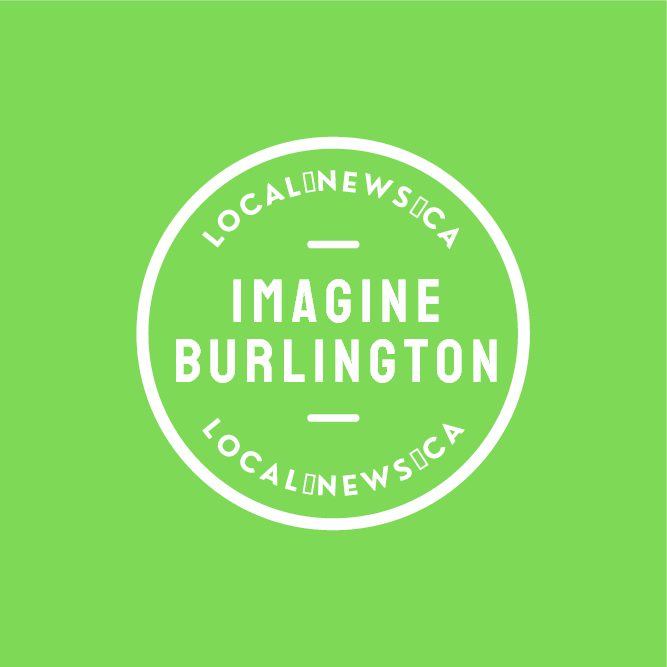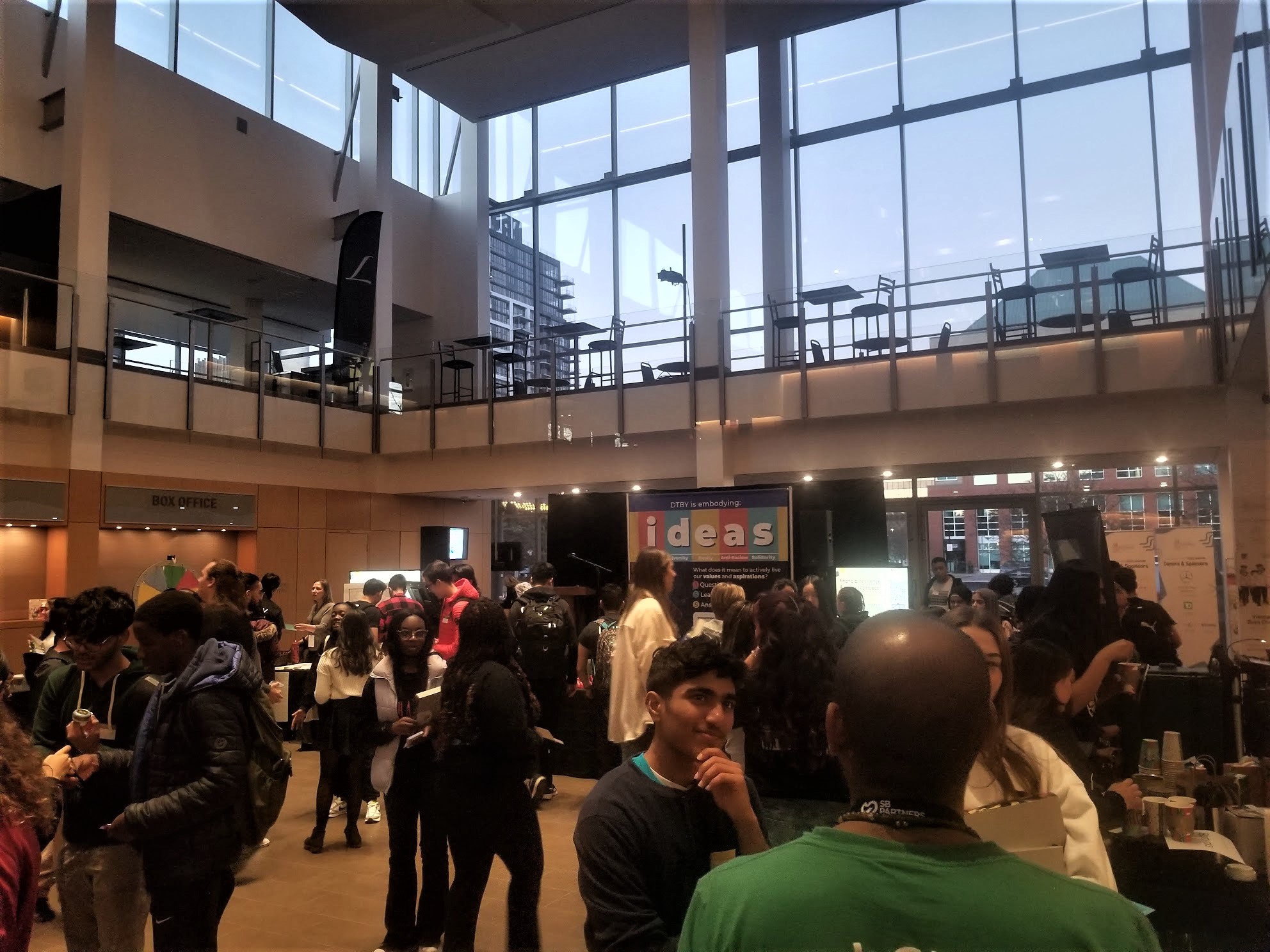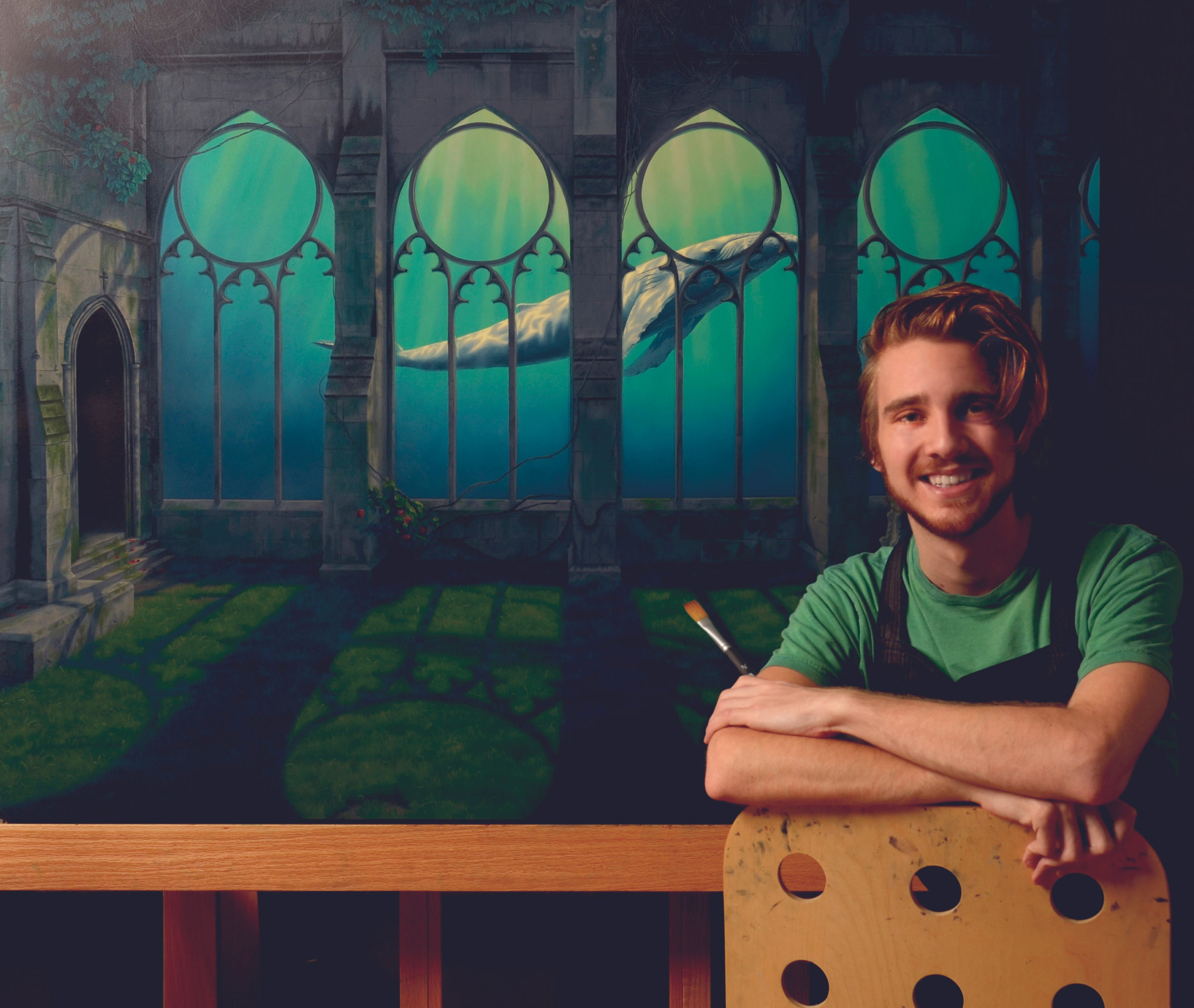This week on our Imagine Burlington podcast, I had a great conversation with suburban expert Roger Keil of York University. He has spent many years studying suburbs. After all, the majority of Canadians live in them. At one point, he asked the question, “Is Burlington a suburb of Toronto or is it a suburb of Hamilton?” After all, the GO train to Toronto is usually packed and the city of Hamilton is basically three times bigger than Burlington. So which is it?
Turns out that the answer in 2021 is: neither. It seems that Burlington is changing and in that change is becoming much more its own city. The challenge for the city and its citizens is this: how do you change? Do you set up for commuters and build your neighbourhoods around the idea of leaving every day? Or do you work to build a city that people can work, play, and live in?
What has to happen to make a place like this a complete city, able to grow up, not out?
Do you have to re-imagine the housing stock, de-emphasize car transportation, and allow for healthy transportation options, like cycling and walking?
Can downtown become a magnet for the next generation?
Instead of assuming that they will move on, can we encourage our kids to stay and keep Burlington strong?
I don’t know, but luckily, Roger Keil has been thinking long and hard about these questions.
The conversation put me in mind of the work that Gil Penalosa has been doing with his organization 8-80 Cities, https://www.880cities.org. The best way to understand his view of the suburban challenge is to ask yourself, if I am eight or eighty years old, can I cross this road without risking my life? If the answer is no, then we have to rethink our infrastructure and who it really serves.
There are a lot of things that change when you no longer see yourself as living in a place that serves the needs of others. Some will welcome the changes; others will rage against the dying of the light. Professor Keil might argue that it’s really a question of finding a new source of light. Along the way, we can choose a more sustainable growth model and attract new businesses and families.
Hope you have a few minutes to listen to our conversation. I think you’ll find it, well… imaginative.




